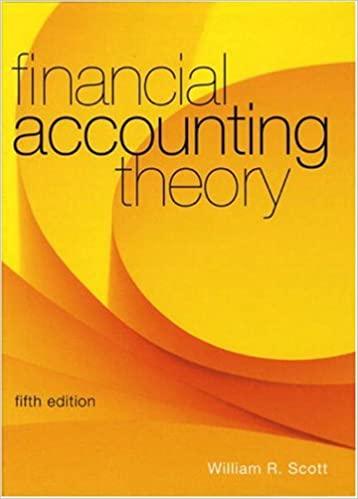In April 2005, the SEC announced settlement with Coca-Cola Company of charges of fraud and false and
Question:
In April 2005, the SEC announced settlement with Coca-Cola Company of charges of fraud and false and misleading financial reporting. The charges arose from “gallon pushing”
at Coca-Cola's Japanese subsidiary during 1997 to 1999, whereby the subsidiary shipped more concentrate to its bottlers than needed to meet sales volumes.
According to the SEC, in the first quarter of 1997 Over3.
3 million extra gallons were pushed, generating additional revenue for Coca-Cola of $46.2 million for the quarter.
Amount pushed increased over the two years, reaching 10.
1 million gallons in the fourth quarter of 1999, generating almost $209 million in extra revenue for that quarter. Coca-Cola
 granted extended credit terms to its bottlers to assist them in carrying the excess inventory.
granted extended credit terms to its bottlers to assist them in carrying the excess inventory.
The result of these activities was to increase Coca-Cola's quarterly earnings by 1 or 2 cents per share. This increase enabled Coca-Cola to meet analysts' earnings per share projections in eight of the 12 quarters under investigation. However, by the end of 1999, Japanese bottlers' inventories had risen to the point where additional gallonage could not be pushed. In January 2000, Coca-Cola announced a worldwide inventory reduction pro- gram to "optimum" levels. The company estimated that this would create a one-time reduction of earnings per share of 11 to 13 cents in the first two quarters of 2000, with about 5 cents of this reduction coming from Japan alone.
According to the SEC, Coca-Cola did not disclose the existence of the gallon-pushing program, its impact on earnings per share, or its likely impact on future reported earnings. The company was charged with violations of the U.S. Securities Act. Under the April 2005 settlement, Coca-Cola agreed, without admitting or denying liability, to remedial actions, including establishment of an Ethics and Compliance Office and a Disclosure Committee, close monitoring of any extended payment terms to customers, and adding an independ- ent legal advisor experienced in securities law disclosure issues to its Audit Committee.
Required
a. Evaluate revenue recognition as an earnings management device. Give possible reasons why Coca-Cola managed its reported earnings upwards.
b. Explain why Coca-Cola had to increase the gallonage pushed over the 12 quarters in order to maintain a 1 to 2 cents per share increase of earnings per share each quarter.
c. Why did Coca-Cola undertake the inventory reduction program in 2000? Consider the effect of the program on core earnings and earnings from continuing operations as well as on net income. Note: Problem 14 of Chapter 7 should be read prior to answering the following problem.
Step by Step Answer:






